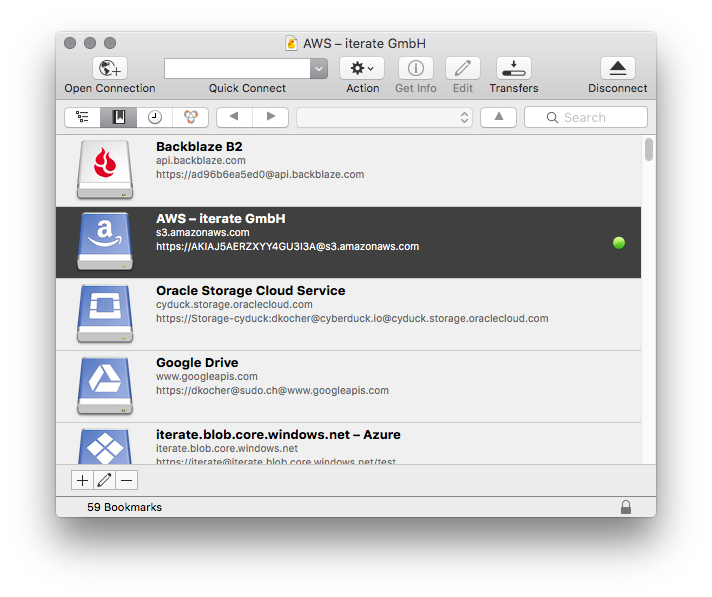Howto Read Microsoft Home Server Disks On Mac
It's a common complaint that in recent versions of Mac OS 10.x, browsing Windows-hosted SMB shares is incredibly slow. Not every solution works, but here are 3 simple fixes that completely solved the issue for me (Using Windows Server 2012 & 2012R2 with Mac OS X 10.9 & 10.10). Mar 15, 2018 Windows can’t normally read Mac-formatted drives, and will offer to erase them instead. But third-party tools fill the gap and provide access to drives formatted with Apple’s HFS+ file system on Windows. This also allows you to restore Time Machine backups on Windows.
-->
Microsoft Home Server Requirements
Microsoft surface keyboard mac mini. Applies To: Windows 10, Windows 8.1, Windows Server (Semi-Annual Channel), Windows Server 2016, Windows Server 2012 R2, Windows Server 2012
This section describes the steps to take, and the considerations associated with, moving disks to another computer. You might want to print this procedure or write down the steps before attempting to move disks from one computer to another.
Note
You must be a member of the Backup Operators or Administrators group, at minimum, to complete these steps.
Verify volume health
Use Disk Management to make sure the status of the volumes on the disks is Healthy. If the status is not Healthy, repair the volumes before you move the disks.
To verify the volume status, from the View menu, check the Status column in the Volume List view, or under the volume size and file system information in the Graphical View.
Uninstall the disks
Uninstall the disks you want to move using Device Manager.
To uninstall disks
Open Device Manager in Computer Management.
In the device list, double-click Disk drives.
Right-click the disks you want to uninstall, and then click Uninstall.
In the Confirm Device Removal dialog box, click OK.
Remove dynamic disks
If the disks you want to move are dynamic disks, in Disk Management, right-click the disks you want to move, and then click Remove Disk.
After having removed dynamic disks, or if you are moving basic disks, you can now physically disconnect them. If the disks are external, you can now unplug them from the computer. If the disks are internal, turn off the computer, and then physically remove them.
2015-9-10 Is it possible to get Publisher for Mac on Office 365? Microsoft Publisher is not now nor has it ever been available for the Mac. Publishing Layout View in Microsoft Word is discontinued in Office 2016 for the Mac. I am an unpaid volunteer and do not work for Microsoft. 'Independent Advisors' work for contractors hired by Microsoft. https://gglucky.netlify.app/microsoft-365-publisher-mac.html. 2020-4-4 Be more creative and achieve what matters with Outlook, OneDrive, Word, Excel, PowerPoint, OneNote, SharePoint, Microsoft Teams, Yammer, and more. It's always up to date With an Office 365 subscription, you get the latest Office apps—both the desktop.
Install disks in the new computer
If the disks are external, plug them into the computer. If the disks are internal, make sure the computer is turned off and then physically install the disks in that computer.
If you are using Safari, the downloaded file is saved to the desktop or your Downloads folder unless you specified a different location in the “Preferences” dialog box of Safari. Follow the instructions on the screen to save the file to your hard disk. Microsoft office 2011 mac software updates windows 10.
Start the computer that contains the disks you moved and follow the instructions in the Found New Hardware dialog box.

Detect new disks
- On the new computer, open Disk Management.
- Click Action and then click Rescan Disks.
- Right-click any disk marked Foreign.
- Click Import Foreign Disks and then follow the on-screen instructions.
Additional considerations

When moved to another computer, basic volumes receive the next available drive letter on that computer.
Dynamic volumes retain the drive letter they had on the previous computer. If a dynamic volume did not have a drive letter on the previous computer, it will not receive a drive letter when moved to another computer. If the drive letter is already used on the computer where a volume is moved, the volume receives the next available drive letter.
If an administrator has used either the mountvol /n or the diskpart automount command to prevent new volumes from being added to the system, volumes moved from another computer are prevented from being mounted and from receiving a drive letter. To use the volume, you must manually mount the volume and assign it a drive letter using Disk Management or the DiskPart and mountvol commands.
If you are moving spanned, striped, mirrored, or RAID-5 volumes, it is highly recommended that you move all disks containing the volume together. Otherwise, the volumes on the disks cannot be brought online and will not be accessible except to delete them.
You can move multiple disks from different computers to a computer by installing the disks, opening Disk Management, right-clicking any of the new disks, and then clicking Import Foreign Disks. When importing multiple disks from different computers, always import all the disks from one computer at a time. For example, if you want to move disks from two computers, import all disks from the first computer and then import all disks from the second computer.
Disk Management describes the condition of the volumes on the disks before they are imported. Review this information carefully. If there are any problems, this information will tell you what will happen to each volume on these disks once the disks have been imported.
If you move a GUID Partition Table (GPT) disk containing the Windows operating system to an x86-based or x64-based computer, you can access the data, but you cannot boot from that operating system.
How To Read Microsoft Home Server Disks On Mac Free
-->Applies To: Windows 10, Windows 8.1, Windows Server (Semi-Annual Channel), Windows Server 2019, Windows Server 2016, Windows Server 2012 R2, Windows Server 2012
How To Setup Microsoft Home Server
This topic and its subtopics discuss using Disk Management to manage the disks in a computer, and includes information about initializing new disks, converting disks between different partition styles, and how Windows handles the online status of new disks.
Online and offline status
Disk Management displays whether a disk is online (available), or offline.
In Windows, by default, all newly-discovered disks are brought online with read and write access. In Windows Server, by default, newly-discovered disks are brought online with read and write access unless they are on a shared bus (such as SCSI, iSCSI, Serial Attached SCSI, or Fibre Channel). Disks on a shared bus are offline the first time they are detected.
Microsoft Home Server Price
If a disk is offline, you must bring it online before you can initialize it or create volumes on it.
How To Read Microsoft Home Server Disks On Mac Download
To bring a disk online or take it offline, right-click the disk name and then choosing the appropriate action.